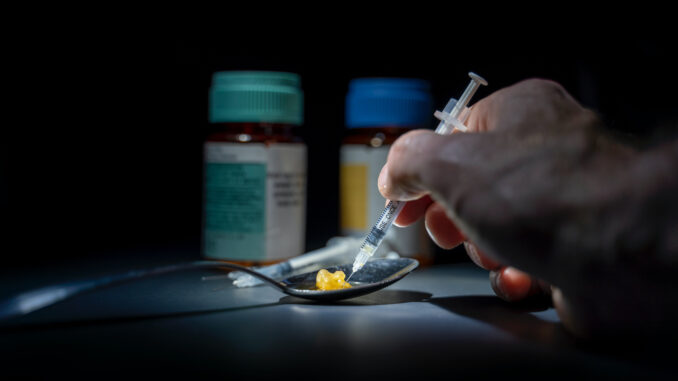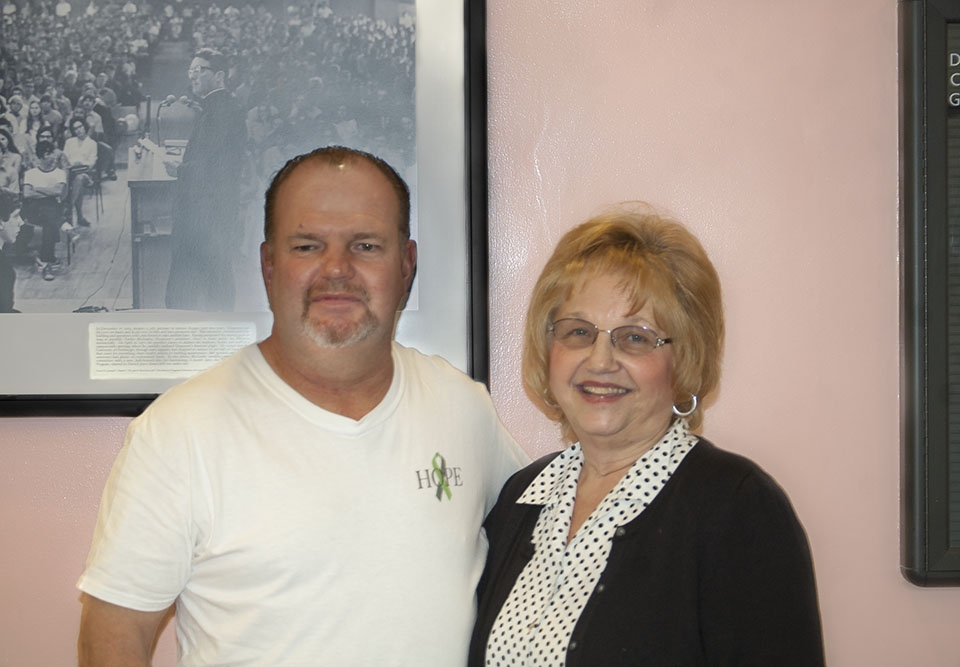
11/19/2020
Mohammad Sajjad | Staff Columnist
The COVID-19 pandemic has plagued much of our headspace in 2020. Not only has the pandemic changed the way we operate on a daily basis, but it also served as a focal point in this year’s election.
Many of us reminisce about what life was like before COVID-19. Masks were uncommon and social distancing was a foreign concept. For those who deal with opioid use disorder, life before the pandemic was difficult to begin with. And the pandemic did not make it any better.
In this time of crisis, we must not forget about the opioid epidemic. It is a national emergency that has been looming since long before COVID-19 arrived and potentially exacerbated by consequences of the virus.
According to the Centers for Disease Control and Prevention (CDC), the number of drug overdose deaths from the first quarter of 2019 compared to the first quarter of 2020 increased by approximately 3,000. In addition, the American Medical Association (AMA) has reported that at least 30 states have seen an increase in opioid fatalities since the start of the pandemic.
Many individuals have lost their jobs due to the virus. As a result, those battling addiction may turn towards opioid use to manage their stress. Not only does this affect them, but it also affects their families.
Prior to COVID-19, many individuals battling opioid addiction relied on social support as part of their treatment and recovery. Family and friends play a crucial role in the lives of those struggling with opioid use disorder. But with widespread social distancing and quarantining in effect, the social support that many of these individuals rely on has quickly diminished.
Furthermore, isolation has made it difficult for those who overdose to receive life-saving treatment. If someone is isolated from others, how are they expected to be saved if no one is nearby?
In addition, in-person clinical treatment has been hindered since the start of the pandemic. Not only are clinics overwhelmed with a rising number of COVID-19 cases, but people who are battling addiction may be apprehensive to visit a clinic out of fear of catching the virus. After all, they may be more susceptible to the virus given that opioid use is linked to respiratory disorders.
All is not lost, however. Public and private organizations have been working hard to ensure that people battling opioid use disorder are receiving the care they need.
For example, state and federal agencies have eased regulations that limit the distribution of controlled substances that treat addiction. Patients can receive more medications at a time to reduce their trips to the pharmacy.
In addition, the use of telehealth has been increasing across the United States and may be increasing access to care. People battling opioid addiction are able to receive therapy and the behavioral treatment they deserve without having to worry about how they will get to their appointment.
Insurance companies have also played their part. According to James Carroll, Director of the US Office of National Drug Control Policy, insurance organizations have been reimbursing addiction treatment services throughout the pandemic, cutting costs for the patient and the health care system as a whole.
The work does not end here. All of us can play a part in helping those with an addiction during the pandemic. Advocate for increased access to health care for those with addiction. Volunteer for an organization working to support those affected.
At the very least, if you know someone who is struggling, try to be there for them. Visit them or give them a call every once in a while to see how they’re doing. While these actions may seem small, we can’t forget about those suffering from opioid use disorder during the pandemic.



